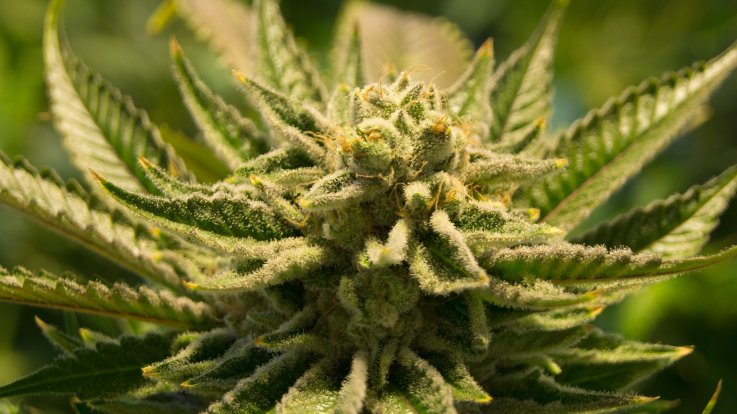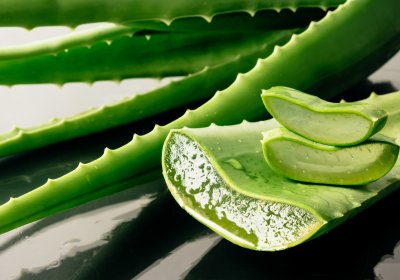What's the difference between Indica and Sativa marijuana?

Indica and sativa hemp have several key differences. Read on to take a closer look at the indica and sativa varieties and learn how to distinguish them.
In the cannabis community, the discussion about indica and sativa varieties never ends. But what does genetics really tell us about the physical characteristics of cannabis, its effects and flavours?
UNDERSTANDING THE TAXONOMY OF CANNABIS
To better understand the differences between the indica and sativa species, it's a good idea to first look at the cannabis taxonomy in general.
Hemp was first classified by Charles Linneus in the 1850s. Linnaeus believed that this genus was monotypical (containing only one species) and named it Cannabis sativa L. Linnaeus, a Swedish botanist, made this classification by working with fibrous hemp, which at that time was widely grown in Europe.
In 1785 the French naturalist Jean-Baptiste Lamarck published a description of another cannabis species that differed from the Linnaeus variety. Lamarck named this species Cannabis indica Lam., pointing out that it produces much weaker fibers, but works better as an intoxicant. His description was based on the plants he had harvested in India.
In the 20th century, Russian botanist Dmitry Erastovich Janiszewski identified the third variety of cannabis naturally growing in Russia, which we know as Cannabis ruderalis. In the 1970s, taxonomists and botanists once again tried to determine how best to classify cannabis plants.
Although there is still some controversy about the correct taxonomy of the indica, sativa and ruderalis species, scientists believe that there are enough significant differences between these cannabis varieties to be considered as three separate species. For this article we will focus on the indica and sativa varieties.
WHAT IS THE DIFFERENCE BETWEEN INDICA AND SATIVA SPECIES?
The most obvious differences between indica and sativa species are their physical characteristics. American botanist Richard E. Schultes and a team of researchers describe them as follows:
Sativa: tall and loosely branched plants with narrow leaves
Indica: lower plants, conical in shape and with wider leaves
These clear differences between species can be explained by their geographical origin. Below we will take a closer look at the many differences between them.
KONOPIE SATIVA
Cannabis sativa grows naturally in warmer tropical climates and can be found in Thailand, Vietnam, Colombia, Mexico and even parts of Africa.
To cope with long, hot and humid summers, sativa plants grow taller, with more knot spacing, delicate buds and narrower leaves. This naturally helps the plants to defend themselves against high humidity in these areas, as well as against threats such as mould or pests.
Because sativa plants are usually taller, they are generally better suited for outdoor growing. They do particularly well in warm tropical climates with long years.
INDICA CONNECTIONS
Indica plants come from cooler, drier mountainous areas such as Nepal, India and other areas of the Indian subcontinent where the summers are cooler and shorter. To cope with these conditions, Cannabis indica has made shorter flowering times and denser leaves and buds.
Thanks to their lower posture and shorter flowering phase, indica plants are ideal for indoor growing. They can be easily manipulated by training techniques and tend to produce nice, thick buds that look good. Thanks to their flowering speed, indica plants allow growers to achieve multiple harvests in a shorter period of time.
DO INDICA AND SATIVA HAVE DIFFERENT EFFECTS?
Apart from their morphological differences, the cannabis community also distinguishes between sativa and indica varieties in terms of their performance. A media company in the cannabis industry called Herb describes the Sativa herb as "as stimulating as a cup of coffee", while the Indica herb works "like a sleeping pill". In fact, almost the entire cannabis community agrees that sativa varieties are invigorating and energizing, while indica varieties have a powerful calming effect.
But where did this consensus come from? Is the action of sativa and indica really that different? Well, some experts say that there are no grounds for using the terms indica and sativa to describe how cannabis works.
In 2016, the Cannabis and Cannabinoid Research daily published an interview with Dr. Ethan Russo, Director of Research and Development at the International Cannabis and Cannabinoids Institute (ICCI). In this interview Russo said that "it is impossible for terms like indica and sativa to really give us any idea about the chemicals in a particular plant and how it will work".
In one of the High Times numbers, pastor Dr. Kymron deCesare, chief researcher at the Steep Hill Laboratory in California, presented a similar argument. He claims that the indica and sativa terms do not tell us much more than about the physical characteristics of plants.
SPECIAL INDICA AND SATIVA BLENDS
Most of the cannabis strains you can currently find on the market are hybrids with sativa and indica genes. Our experienced growers at Royal Queen Seeds use specialised breeding techniques to produce varieties with unique qualities such as shorter flowering times, specific flavours and more.
Apart from the physical differences between indica and sativa species, some studies also suggest that these two varieties may contain different terpenic concentrations, which may be another reason why they produce different effects. For example, according to some sources, the calming effect of cannabis strains with a high indica gene predominance is due to a high concentration of myrcene.
Mircen is a terpenes present in many plants, including hops, thyme, lemon grass, mango, cardamom and, of course, hemp. It is intended to give an earthy, slightly peppery aroma and, in high concentrations, is considered to give some varieties of cannabis a unique sleeping effect.
In addition to paying attention to individual chemical compounds such as terpenes and cannabinoids, you should also consider how these compounds interact with each other and thus change your experience with cannabis. The potential for interaction of chemical components in cannabis is called the "dawn effect" by leading cannabis researchers.



Komentarze (0)
Zostaw komentarz ⇾